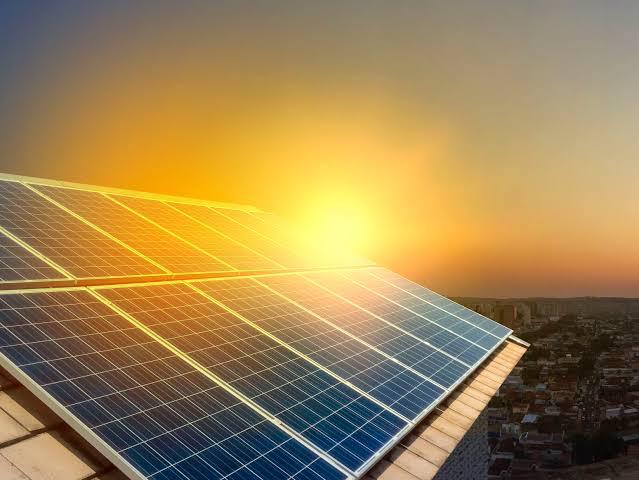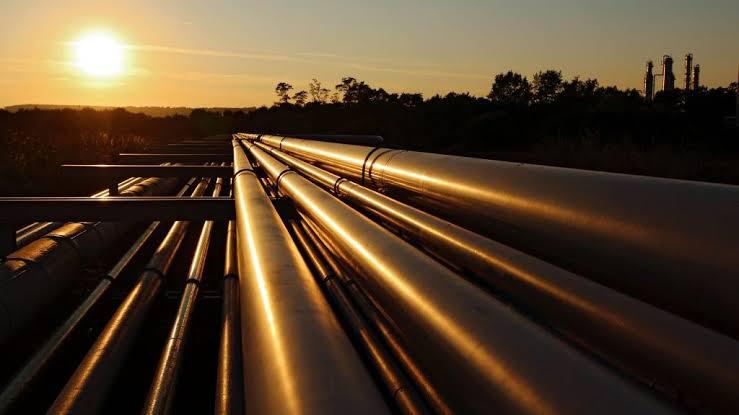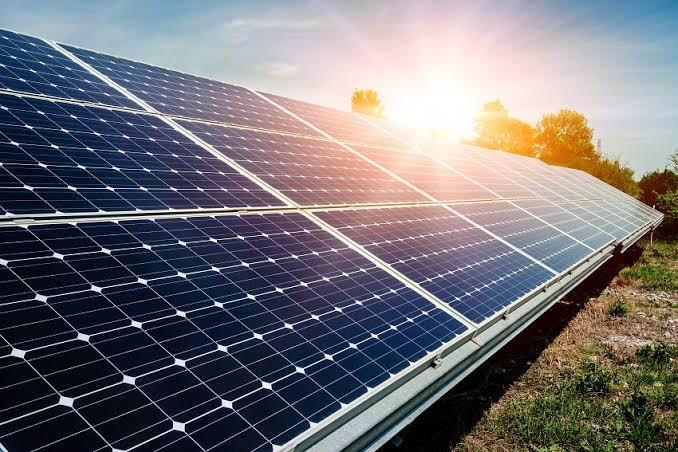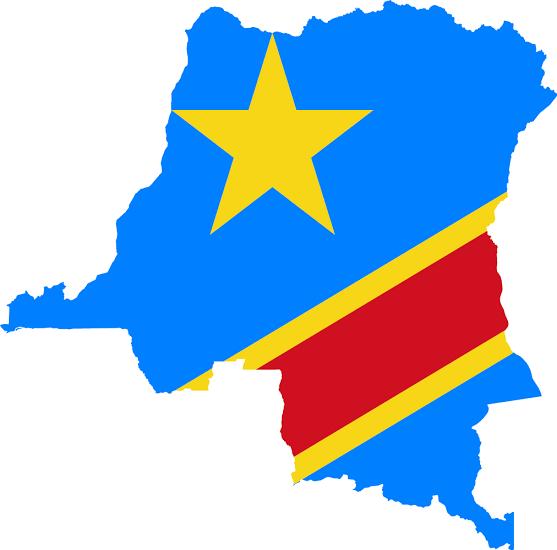In a webinar organised by Africa Oil and Power and the African Energy Chamber on 27th July 2020 and hosted by South Sudan, the country declared its intention to increase electricity access in the country through investment in renewable energy.
This comes after the first phase of the African Development Bank’s (AfDB) $38 million Juba Power Distribution System Rehabilitation and Expansion Project was completed. The project has already added 33 MW of power to the national grid in Juba and is expected to generate 100 MW of power when completed. 6,131 our of 20,000 ‘lat-mile’ commercial and domestic targeted consumers were connected to the grid in May.
The South Sudan Electricity Corporation aims to develop a 120 MW hydropower plant, alongside planned regional interconnection transmission line projects. The webinar themed “South Sudan: Preserving Economic progress in the Face of COVID-19” was graced by the presence of the Director-General for Planning and Projects in the Corporation, Jacob Manyuon Deng.
The Director said the focus is on hydropower as the company has identified renewable energy to be its top pick in the electricity expansion project across the country.
He said, “We are looking for the funding for [this] line so that we can use the same line to transmit [energy] to the region, [and so that] the potential of hydro that [South Sudan] has can be developed,” said Deng. “South Sudan is very rich in terms of hydro because we have the potential; this is where we are going to increase access to 50%.”
On the existing 296 kilometres, 230 kilovolts Ethiopia-Sudan interconnection transmission line that is scheduled for expansion but dependent on funds, Deng said: “We have a plan [for the line that has been erected] to be extended to the interior part of South Sudan. “All are in the plan, but we need funding.”
Another planned project by the Ministry of Electricity, Dams, Irrigation and Water Resources is the Uganda-South Sudan Transmission Line. It is a 400 kilovolts interconnection transmission line of 382 kilometres between Uganda and South Sudan. AfDB already committed $1.5 million in 2018 for the feasibility studies for South Sudan’s section of the line, while Uganda is waiting for confirmation of its funding.
The country is said to have a 2,500 MW electricity generation potential from hydropower, especially in the equatorial region. Fula, Shukoli, Lakki and Bedden are among the largest project sites already identified on the Nile River with a combined potential to generate 2,927 MW of power when developed.



